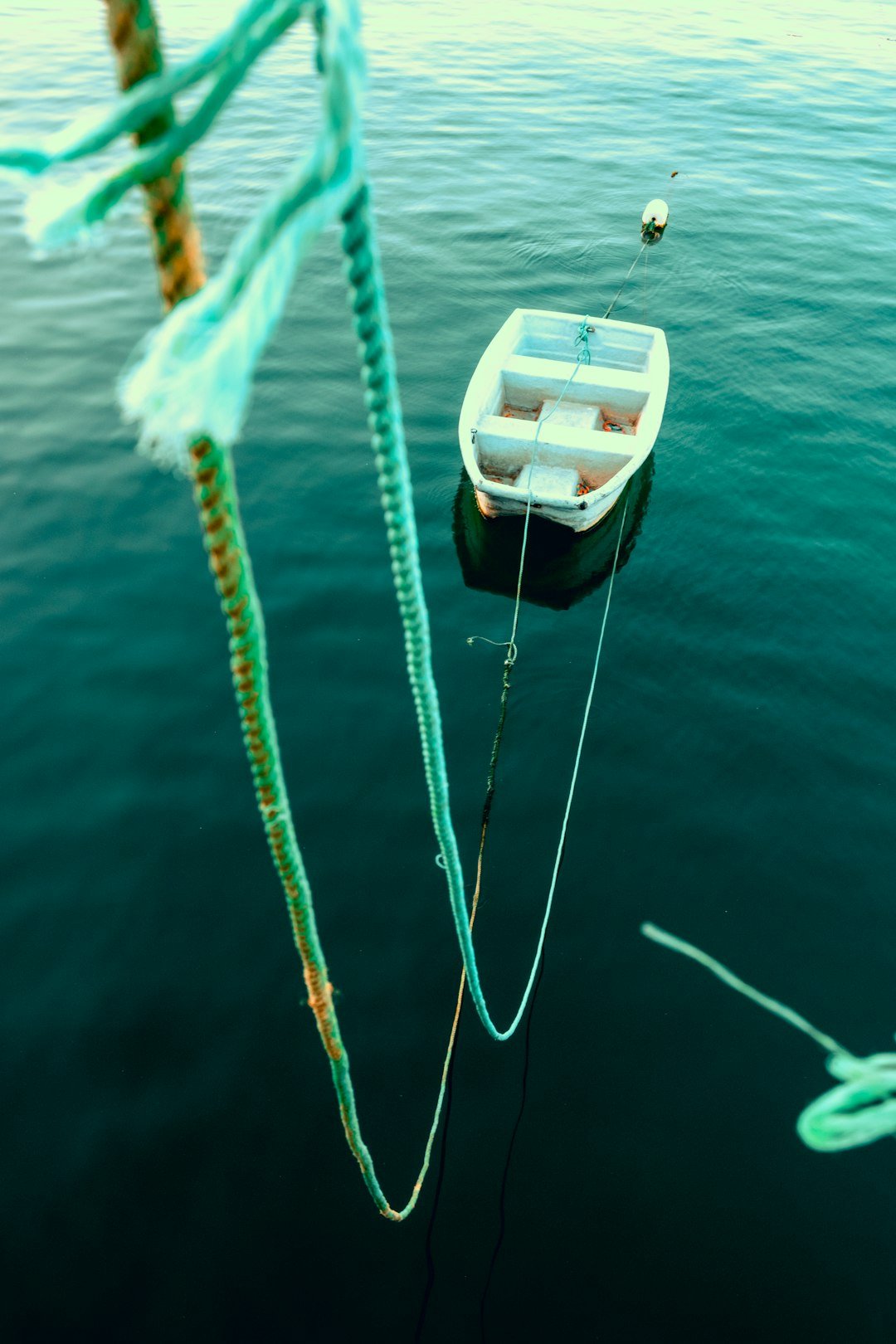
Determining the optimal conditions for employing your bow during a fishing outing can pose challenges, as numerous factors must converge to enhance your success in capturing fish with this method.
Bowfishing demands precise circumstances to avoid frustration, so identifying the right setting is crucial for accurate shots. This piece explores whether freshwater environments offer advantages that could simplify the bowfishing experience.
1. Depth of the Water
While freshwater bowfishing presents various perks for enthusiasts, it’s not a universal solution since each water body varies significantly. Opting for shallower freshwater spots is advisable, as deeper areas make it tough to detect fish.
Moreover, launching an arrow into profound depths diminishes its velocity and impact, rendering retrieval nearly impossible without submerging yourself repeatedly. According to fishing experts, ideal bowfishing depths typically range from 3 to 6 feet, where visibility and arrow performance are optimal, highlighting why shallow freshwater often proves more practical than its deeper counterparts.
2. Clarity of the Water
Effective bowfishing hinges on a clear line of sight to your target, yet murky conditions can obscure fish and complicate aiming.
In clear freshwater, spotting and striking fish becomes straightforward, boosting your efficiency. However, if turbidity—often caused by sediment or algae—hampers visibility, alternative techniques might be wiser. Studies show that water clarity directly influences success rates, with clearer waters in freshwater lakes or rivers providing a distinct edge over clouded environments.
3. Shooting Ethical Shots
Mastering bowfishing requires honed skills to ensure shots are humane and avoid unnecessary suffering for the fish. Inflicting wounds on wildlife is widely regarded as unethical, prolonging distress unnecessarily.
Fortunately, resources like specialized websites offer valuable guidance on ethical practices, detailing shot placement and techniques for clean kills. Given that bowfishing is more demanding than traditional archery, beginners should seek hands-on training; for instance, practicing on targets that mimic fish movement can build the precision needed for responsible outings.
4. Easier for Beginners
Freshwater can serve as an accessible starting point for those new to bowfishing, especially when compared to saltwater habitats. The shallower depths and fewer obstructions, such as corals, make it simpler to observe and target fish.
Even novice archers benefit from initial practice sessions, which help build confidence—experts recommend at least 50 hours of dry-land training before venturing out. This controlled environment allows newcomers to focus on fundamentals without the added complexities of marine settings.
5. Freshwater Has Larger Fish During Certain Seasons
During specific times, like summer, freshwater areas attract bigger game fish seeking abundant food sources in shallower zones.
This seasonal migration not only simplifies targeting due to the larger size of the fish but also leverages the inherent advantages of freshwater over saltwater. For example, species such as bass or catfish often congregate in these areas, increasing opportunities for successful hunts and underscoring why timing your trips can dramatically improve outcomes.
Understanding prime locations for bowfishing is essential for effective results, including researching local fish species and employing stealth tactics to remain undetected.
This extends to selecting appropriate gear and camouflage that blends with the surroundings, thereby enhancing your accuracy. Although freshwater generally offers a more forgiving arena than saltwater, thorough preparation—such as checking weather forecasts and gear conditions—is always key to a rewarding expedition.
